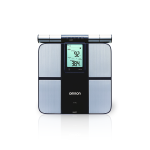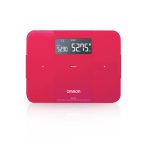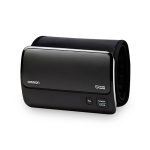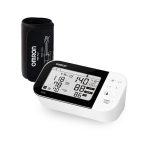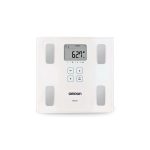Choosing the correct nebulizer for your little one
August 20, 2023 2024-01-22 15:27Choosing the correct nebulizer for your little one
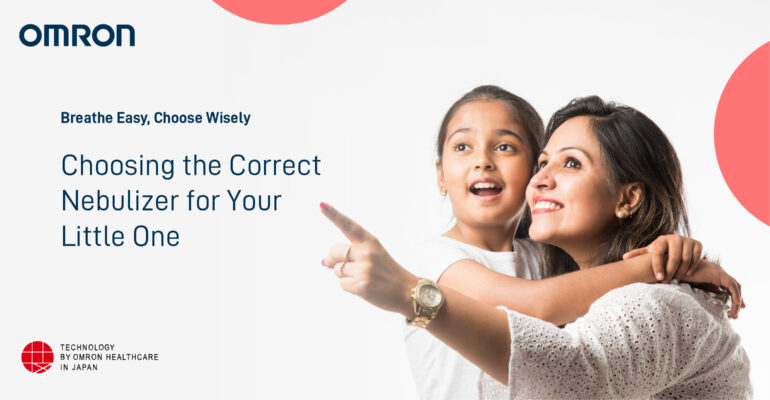
Choosing the correct nebulizer for your little one
For parents, ensuring the well-being of their little ones is a top priority. When it comes to managing respiratory disorders such as asthma, selecting the correct nebulizer can have a big impact on a child’s comfort and treatment effectiveness.
Pediatric Respiratory Conditions
Respiratory conditions like asthma and chronic obstructive pulmonary disease (COPD) affect millions of children globally. According to the World Health Organization (WHO), asthma is the most common chronic disease among children. These conditions often require inhaled medications to manage symptoms and prevent exacerbations. Nebulizers provide an effective way to deliver these medications, especially to young children who may have difficulty using inhalers.[1]
Asthma affects an estimated 235 million people worldwide, and the prevalence among children is steadily increasing. Around 14% of children worldwide have been diagnosed with asthma making it the most common chronic respiratory disease of childhood.[2]
However, because of the numerous options available, choosing the right nebulizer for your child might be difficult.
What is Nebulizer?
Nebulizers are devices that turn liquid medication into a mist that can be inhaled. They are often used to treat respiratory conditions such as asthma, bronchitis, and pneumonia.[3]
Types of Nebulizers
There are two main types of nebulizers
- Compressor nebulizers:
Compressor nebulizers use a compressor to force air through a liquid medication, breaking it into a mist. These nebulizers are more common and tend to be less expensive than ultrasonic nebulizers. However, they can be louder and may not be as effective for young children.[4]
- Ultrasonic nebulizers:
Ultrasonic nebulizers use sound waves to break the liquid medication into a mist. These nebulizers are quieter and more effective for young children, but they can be more expensive.
Importance of Medication Adherence
Effective management of pediatric respiratory conditions relies heavily on medication adherence. Nebulizers play a crucial role in delivering medications directly to the lungs, where they are needed most. A study suggests that proper medication adherence can significantly reduce hospitalizations and emergency room visits among children with asthma.[5]
Factors to Consider When Choosing a Pediatric Nebulizer
- Type of Nebulizer: There are two main types of nebulizers: jet nebulizers and ultrasonic nebulizers. Jet nebulizers use compressed air to convert liquid medication into a mist, while ultrasonic nebulizers use high-frequency vibrations. Both have their advantages and disadvantages, and the choice often depends on the child’s needs, doctor’s recommendation, and personal preferences.
- Ease of Use: Pediatric nebulizers should be user-friendly and easy to assemble, operate, and clean. Children, especially younger ones, might find it challenging to cooperate during treatments, so a simple and hassle-free nebulizer can make a significant difference.
- Noise Level: Some nebulizers are loud, which may frighten or distract children during treatments. Choosing a quieter device can create a more comfortable experience for both the child and the caregiver.
- Portability: Portability is crucial, especially for families on the go. Portable nebulizers allow children to receive their treatments wherever they are, ensuring they never miss a dose.
- Medication Compatibility: Different nebulizers may work better with specific medications. It’s important to ensure that the nebulizer you choose is compatible with the prescribed medication.
- Mask or Mouthpiece: Nebulizers come with either masks that cover the nose and mouth or mouthpieces that children hold between their teeth. Some children may have a preference for one over the other, and the child’s comfort and cooperation should be prioritized.
- Durability and Maintenance: Children can be rough with equipment, so a durable nebulizer that can withstand a certain level of wear and tear is important. Additionally, a nebulizer that is easy to clean and maintain is crucial for long-term use.
Omron nebulizers have gained prominence for their user-friendly designs, exceptional performance, and commitment to delivering effective respiratory treatments for children. These nebulizers have sophisticated characteristics like quiet operation, compact portability, and compatibility with a variety of drugs.[6]
Wrap-Up
Choosing the right pediatric nebulizer is a decision that requires thoughtful consideration of the child’s needs, preferences, and the recommendations of healthcare professionals. With the prevalence of pediatric respiratory conditions like asthma on the rise, having a reliable and suitable nebulizer can significantly improve a child’s quality of life.
Reference:
- https://www.who.int/news-room/fact-sheets/detail/asthma#:~:text=Asthma%20is%20a%20major%20noncommunicable,of%20breath%20and%20chest%20tightness.
- https://www.ncbi.nlm.nih.gov/pmc/articles/PMC9045042/#:~:text=Around%2014%25%20of%20children%20worldwide,chronic%20respiratory%20disease%20of%20childhood.&text=Poor%20asthma%20control%20is%20associated,effects%20on%20children%20and%20families.
- https://www.lung.org/lung-health-diseases/lung-disease-lookup/copd/treating/copd-medications/how-to-use-a-nebulizer#:~:text=A%20nebulizer%20is%20a%20device,people%20living%20with%20asthma%20too.
- https://medlineplus.gov/ency/patientinstructions/000006.htm#:~:text=Types%20of%20Nebulizers&text=Nebulizers%20come%20in%20three%20main,turn%20medicine%20into%20a%20mist.
- https://erj.ersjournals.com/content/45/2/396
- https://www.omronbrandshop.com/nebulizers/

